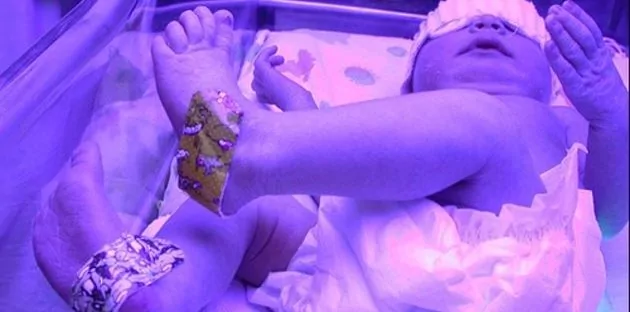Our co-founder Dr. Christie del Castillo-Hegyi was recently interviewed by Kavin Senapathy of Forbes.com about the Fed Is Best Foundation, The article is being met with an enormous amount of positive feedback, and talks about why our mission is so very important to us, and why we’re determined to spread the word.
For those of you who may be unfamiliar with Kavin, she’s a science and health writer, also known for her work with GroundedParents.com, which focuses on evidence-based medicine and health practices for parenting. We think she did a stellar job on this piece – a huge thank you to Kavin for her hard work and for helping us get the word out! Here is a short excerpt, and a link so that you can read the piece in full: Continue reading





